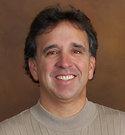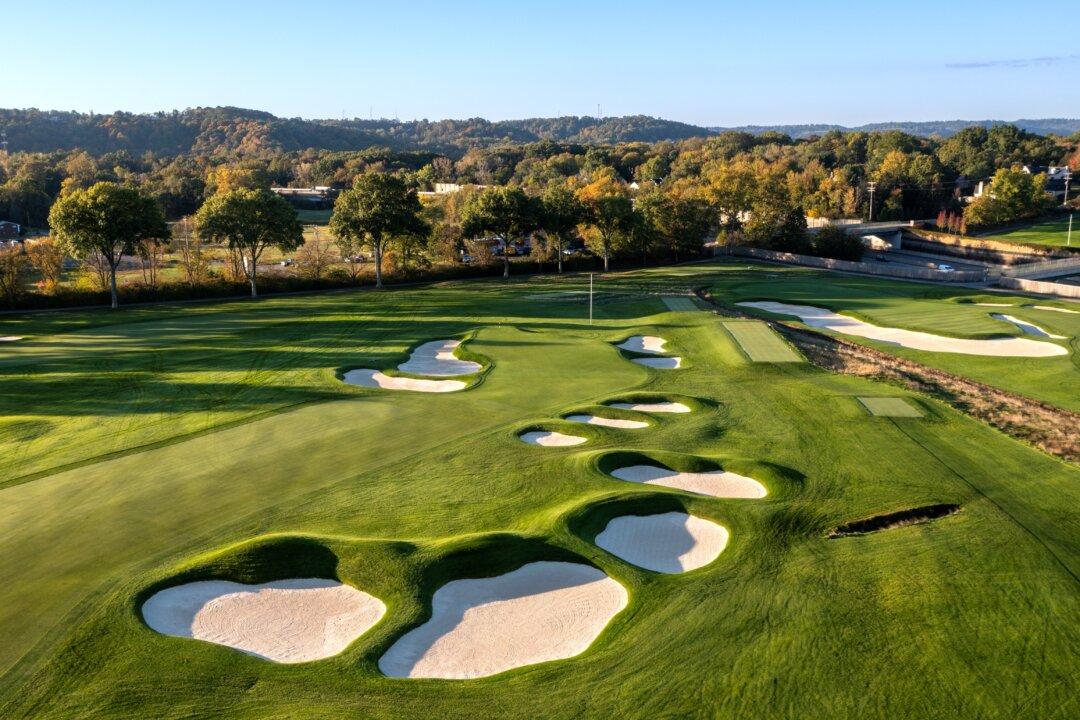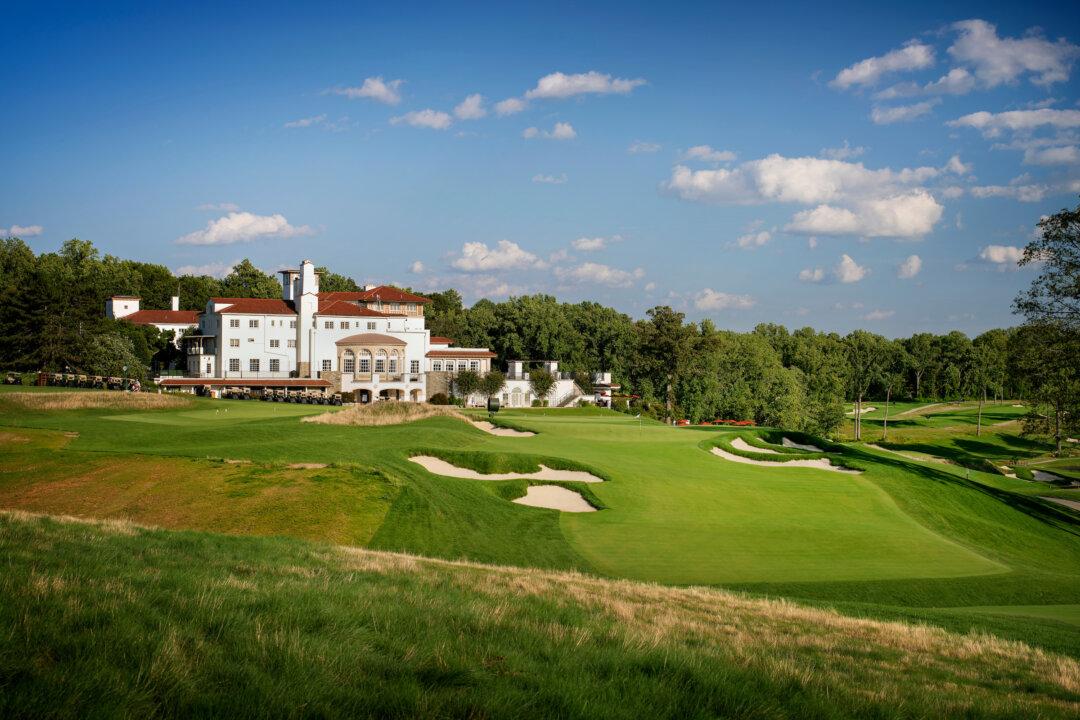St. Andrews, Scotland—For the 29th time The Old Course at St. Andrews will serve as host for the 144th Open Championship.. The famed Old Course features 112 bunkers, the most famous being the Road bunker at the penultimate hole—the 17th. Not only is the bunker there ferocious, but the hole also adds insult to injury with an actual road and stonewall that awaits the too aggressive play.
Amazingly, when Tiger Woods won the 2000 Open, he never played once from any of the many bunkers scattered around the property.
The Old Course features seven double greens and is a traditional links in which a number of holes play away from the starting point—on nearly a straight line—before turning back for the remaining six holes.
The town is inexorably linked to the core of the course.
Architecturally speaking, The Old Course has evolved over centuries. Golf was first played here before Christopher Columbus had discovered America.
To get a better sense of what The Old Course provides, four American golf architects weigh in on the key elements tied to the course and how it may play this week for the world’s finest players.

Lester George: Golf course architect for 25 years, located in Richmond, VA. Member of the ASGCA since 2006, also retired U.S. Army Lt. Colonel. Notable award-winning designs and renovations include Kinloch Golf Club, The Old White, Country Club of Florida, Ballyhack Golf Club, Independence Golf Club. www.georgegolfdesign.com.

Richard Mandell: Based in Pinehurst, North Carolina, is an Associate member of the ASGCA and has designed or renovated over 60 courses since 1992. Among his most prominent works are Skydoor Golf Club in China and Keller Golf Course in St. Paul, Minnesota.

Kelly Blake Moran: In 31 years he has collaborated with other professionals in design, permitting, and construction of 23 new golf courses, and renovation of 15 existing golf courses in five (5) countries. Can be reached at [email protected] or through his Website: www.kellyblakemoran.com.
![rsz_ian_andrew_headshot_1[1]](/_next/image?url=https%3A%2F%2Fwww.theepochtimes.com%2Fassets%2Fuploads%2F2015%2F04%2F11%2Frsz_ian_andrew_headshot_11-674x578.jpg&w=1200&q=75)
Ian Andrew: Has been a golf course architect since 1989, a member of the ASGCA since 2004 and lives just outside Toronto. www.Andrewgolf.com.





